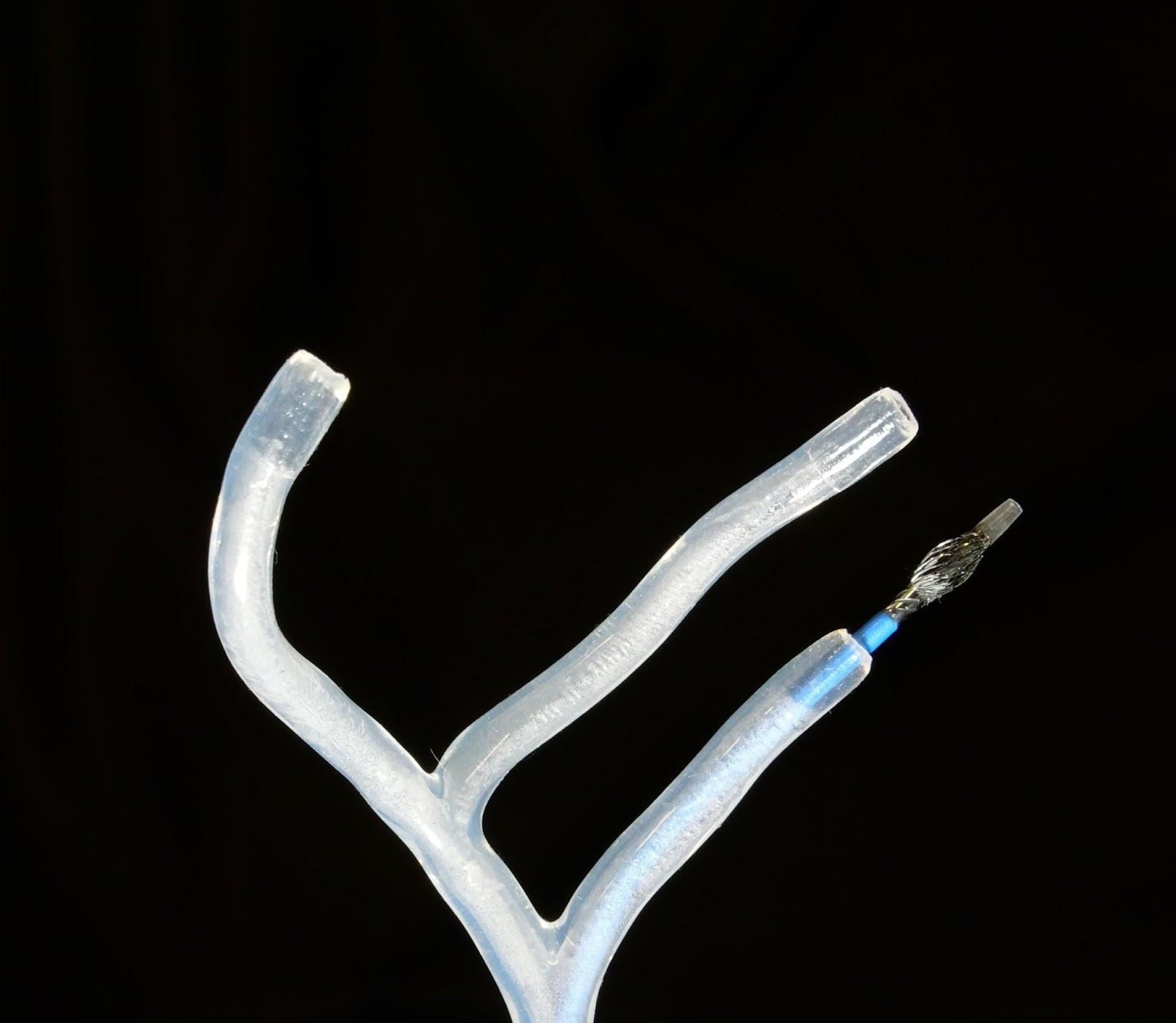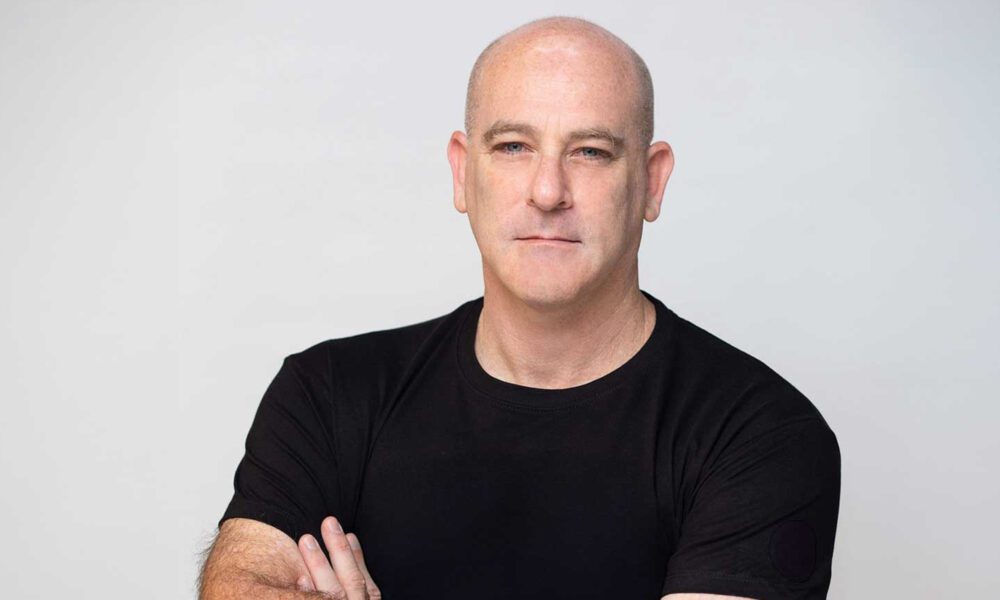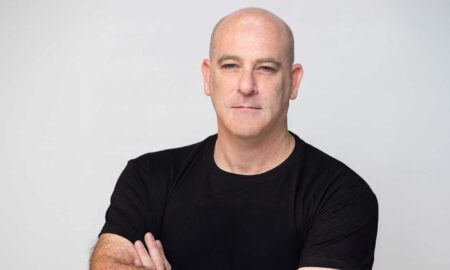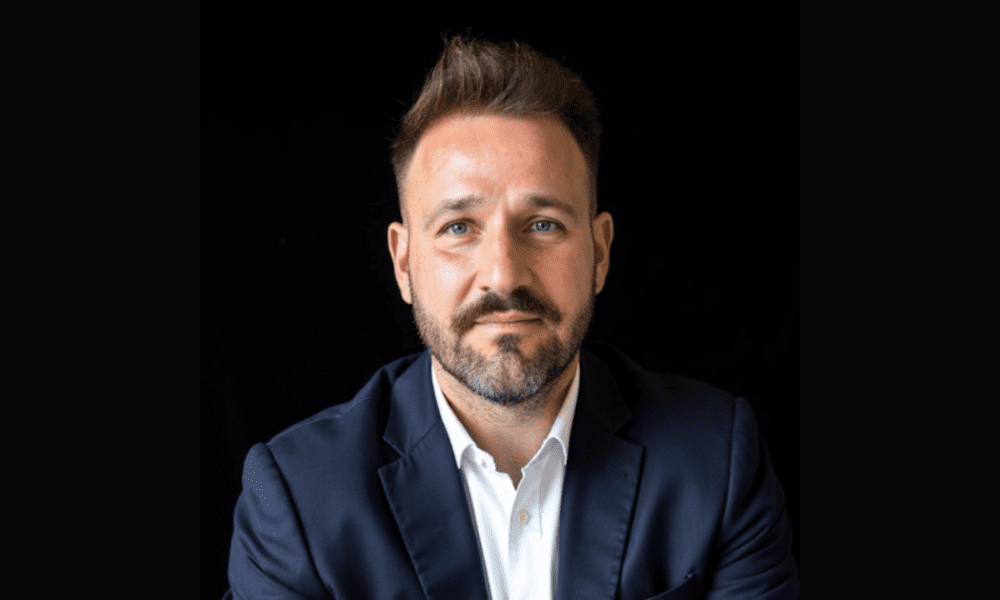How a multi-disciplinary team at University of Washington led by Aman Garg is engineering shape-transforming delivery systems for complex PCI
Coronary artery disease kills more people than any other condition – claiming one life every 34 seconds in the United States. Patients ineligible for bypass surgery lean on minimally invasive therapies such as the percutaneous coronary interventions which utilize catheters to deliver implant for treating the disease. But for optimal stent delivery, doctors need robust anatomical stability to provide pushability against plaque deposits. The inability of existing catheter solutions to provide the necessary support increase procedural complexity which could lead to over four billion USD in economic burden. With a growing incidences of arterial calcification, this engineering problem only grows more urgent as the population ages.
At the University of Washington, Aman Garg (Research Engineer/Scientist IV) leads a research program that tackles this problem with metamaterials, architectures where geometry, not just bulk composition, governs behavior. The team is developing catheter segments that change mechanical state inside the body to provide local, on-demand control of catheter tip and then return to a low-profile baseline for safe advancement or withdrawal. The technology holds potential to provide higher stability for stent delivery which can lower the operational complexity and reduce patient complications. This early stage research is now advancing through preclinical studies.
WHY “SHAPE-TRANSFORMING” MATTERS
In concept, a shape-transforming catheter can behave like two devices in one. In its baseline state, a shaft tracks smoothly and resists catching on delicate tissue. When needed, a specific segment stiffens or biases curvature, or a distal region dilates to anchor and stabilize, local and predictable changes that help the tip follow the intended path and maintain position. Released from its alternate state, the device returns to baseline behavior.
BIO-INSPIRED TECHNOLOGY APPLIED AT CLINICAL SCALE
Garg’s team draws from soft robotics, where geometry and layered structures deliver complex motion without power-hungry actuation. For readers who want the technical grounding, related research on shape-transforming structures and multi-state mechanisms appears in Advanced Intelligent Systems and Science Robotics. Complementary mechanisms for tight, constrained environments are discussed in IEEE Xplore. The common thread is precise, reversible changes in structure that can unlock new degrees of freedom, useful when extra control is needed only for a moment, then not at all.
VALIDATION THROUGH MULTI-STAGE TRANSLATIONAL RESEARCH
The program is strictly research-stage and building evidence step by step:
- Bench: push and track forces across representative paths, with attention to peak and average force, capture points, and how profiles change when segments switch state.
- Explant: in explant porcine hearts, the team evaluates stability through tight turns and calcified analogs, scoring path bias, success rates, and qualitative operator effort.
- In vivo (scheduled this quarter): an in-vivo swine study will observe coronary stability under physiological conditions, with endpoints that include device stability and tissue-interaction assessment through histology.
No clinical efficacy claims are made. The question is more modest and more fundamental: can local, reversible shape change reduce the day-to-day trade-off between “more support” and “more trauma” that interventionalists manage?
WHO BENEFITS IF THE APPROACH HOLDS UP
For frail or bypass-ineligible patients, even a small increment of controllability can expand what is possible. A delivery system that provides precise, momentary stability, or a small bias in curvature at the right point, could help physicians cross without switching to globally stiffer hardware. If that reduces exchanges and manipulation, it may shorten procedures and reduce opportunities for harm. The potential patient impact is intuitive; more anatomies become percutaneously treatable.
THE PEOPLE AND PRINCIPLES BEHIND THE WORK
Garg leads a multi-disciplinary team of clinicians, scientists, and engineers. The research is supported by NIH, NSF, the Washington Research Foundation, and the University of Washington. His path into this field informs the engineering choices; he previously developed automotive suspension systems, where simple and predictable mechanisms beat clever complexity, and contributed to medical devices for low-resource hospitals in suburban India, where every added part is a liability. Those experiences bias the group toward robust designs that are easy to learn and practical in real labs and cath labs.
WHAT COMES NEXT
The team’s immediate agenda includes completing live animal studies, optimizing metamaterial cell geometry in shape-transforming segments, fine-tuning transitions to feel seamless in operators’ hands, and mapping the boundaries of safe deployment. If the data validates that promise, the implications reach well beyond PCI. Devices that embed mechanical intelligence directly into their structure could define a new generation of adaptive catheters – devices that reconfigure themselves inside the body and, by doing so, expand the scope of interventional medicine to deliver better patient outcomes.



































